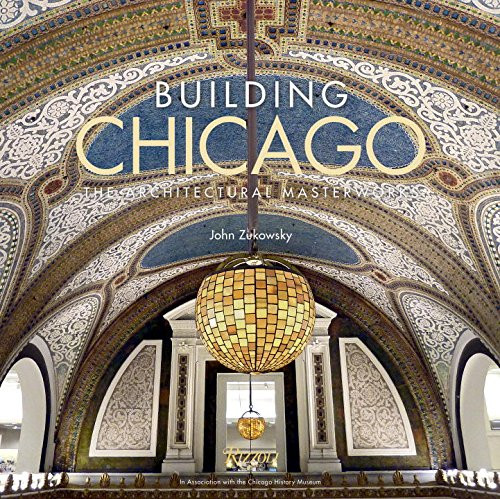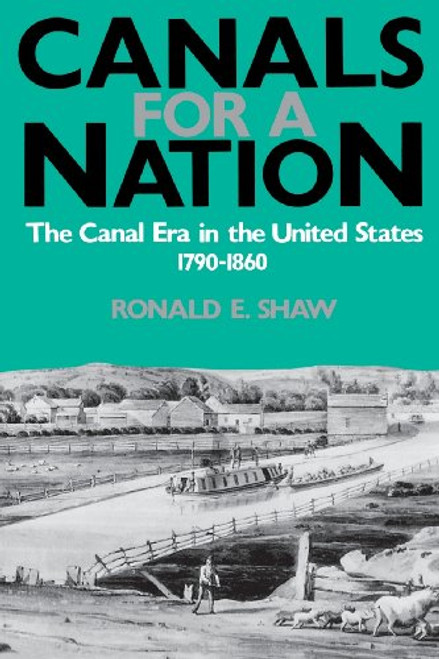Product Overview
A Matter of Survival
To reverse the flow of a river wouldn't be possible today, but to Chicago near the end of the nineteenth century it became a matter of survival.
On the shores of Lake Michigan, connected to the Great Lakes system, with the Chicago River and easy waterway access to the expanding American West, Chicago had much that was ideal in the way of water for a burgeoning metropolis in the 1800s. It also had a flat topography and poor drainage.
As the city swelled, railroads replaced water transport, the population surged, and the lake served both as water supply and sewage repository.
The Chicago River became overwhelmed with the commerce of a port city and its residents' sewage. It stank at times. Deadly, waterborne diseases were spreading. Flooding from the interior tore through the city to get to the lake. What to do?
Without sewage treatment, it was decided to breach a subcontinental divide, send the sewage away, and save the lake. The idea received legislative approval with the promise of a navigable canal.
In the largest municipal earth-moving project ever at that point--an engineering marvel and a monumental public works success--the flow of the Chicago River was turned away from Lake Michigan in 1900. Chicago s own shoulder-to-the-wheel determination made it work.
Author Richard Lanyon is the former executive director of the Metropolitan Water Reclamation District of Greater Chicago.
Heavily illustrated with historic photos.






